Home>diy>Building & Construction>What Is OSHA In Construction


Building & Construction
What Is OSHA In Construction
Modified: December 12, 2023
Learn about OSHA regulations in building construction and ensure compliance for a safe and secure work environment. Understand the importance of OSHA in construction projects.
(Many of the links in this article redirect to a specific reviewed product. Your purchase of these products through affiliate links helps to generate commission for Storables.com, at no extra cost. Learn more)
Introduction
Welcome to the world of construction, where innovation and hard work converge to build the structures that shape our cities and communities. In this dynamic industry, safety is paramount, and the Occupational Safety and Health Administration (OSHA) plays a pivotal role in ensuring the well-being of construction workers.
Navigating the intricacies of OSHA in construction is essential for both seasoned professionals and those new to the field. Understanding OSHA regulations, compliance requirements, and available resources is crucial for creating a secure and productive work environment.
In this comprehensive guide, we will delve into the fundamental aspects of OSHA in construction, shedding light on its significance, regulations, compliance procedures, and the resources it offers to construction workers. Whether you are a construction manager, worker, or simply someone interested in the industry, this exploration will provide valuable insights into OSHA's role in promoting safety within the construction sector.
Let's embark on this enlightening journey to unravel the essence of OSHA in construction and gain a deeper understanding of its impact on the industry.
Key Takeaways:
- OSHA ensures construction workers stay safe by setting rules and doing inspections. Following these rules and getting proper training helps create a secure work environment and prevents accidents.
- OSHA provides resources like online tools, training programs, and helpful materials to help construction workers stay safe. By using these resources, workers can learn about hazards and how to stay safe on the job.
OSHA Overview
Established in 1970, the Occupational Safety and Health Administration (OSHA) operates under the United States Department of Labor, with a mission to ensure safe and healthful working conditions for employees across various industries, including construction. OSHA achieves this through the implementation of standards and regulations, enforcement of compliance, training, and outreach programs.
OSHA’s significance in the construction sector cannot be overstated. By setting and enforcing standards, conducting inspections, and providing educational resources, OSHA plays a pivotal role in mitigating workplace hazards and promoting a culture of safety within construction sites. The agency’s commitment to safeguarding the well-being of construction workers is reflected in its comprehensive regulations and proactive approach to addressing potential risks.
Moreover, OSHA collaborates with employers, employees, safety professionals, and other stakeholders to continually refine and enhance safety protocols, thereby fostering a collaborative environment aimed at minimizing workplace accidents and ensuring a secure working environment.
As we delve deeper into OSHA’s role in construction, it becomes evident that the agency’s overarching goal is to instill a safety-conscious mindset within the industry, ultimately contributing to the well-being and productivity of construction workers.
OSHA Regulations in Construction
OSHA regulations in the construction industry encompass a wide array of standards designed to mitigate workplace hazards and ensure the safety and well-being of workers. These regulations cover diverse aspects of construction, including fall protection, scaffolding, excavation, electrical safety, and more. Adhering to these regulations is imperative for construction companies and workers, as non-compliance can result in severe penalties and, more importantly, jeopardize the safety of personnel.
One of the primary areas of focus within OSHA’s construction regulations is fall protection. Construction sites often involve work at elevated heights, making fall-related incidents a significant concern. OSHA’s regulations mandate the use of fall protection systems, guardrails, safety nets, and personal fall arrest systems to prevent falls and mitigate the risk of serious injuries or fatalities.
Scaffolding safety is another critical aspect addressed by OSHA regulations. Proper construction, maintenance, and use of scaffolds are essential to prevent accidents and ensure the structural integrity of these temporary work platforms. OSHA’s standards provide detailed guidelines for scaffold construction, access, and fall protection, emphasizing the importance of adherence to these protocols.
Excavation and trenching operations are also subject to stringent OSHA regulations. The nature of these activities poses inherent risks, including cave-ins, engulfment, and hazardous atmospheres. OSHA’s standards mandate protective systems, such as sloping, shoring, or shielding, to prevent trench collapses and safeguard workers involved in excavation projects.
Electrical safety is a paramount concern in construction, given the prevalent use of electrical equipment and wiring. OSHA’s regulations outline measures to protect workers from electrocution, electric shocks, and other electrical hazards, encompassing aspects such as wiring methods, equipment grounding, and the use of personal protective equipment.
By comprehensively addressing these and numerous other facets of construction safety, OSHA regulations serve as a cornerstone for fostering a secure work environment and minimizing the risk of accidents and injuries within the construction industry.
OSHA Compliance and Inspections
OSHA compliance is a fundamental aspect of ensuring workplace safety within the construction industry. Compliance entails adherence to OSHA regulations, standards, and requirements, thereby mitigating hazards and promoting a secure environment for construction workers. It is incumbent upon employers, safety officers, and workers to diligently uphold OSHA’s protocols to minimize the risk of workplace accidents and ensure regulatory adherence.
Central to OSHA compliance are regular inspections conducted by the agency to assess construction sites for adherence to safety standards. OSHA inspections are comprehensive evaluations of a workplace’s compliance with safety regulations, encompassing various aspects such as hazard identification, safety protocols, equipment usage, and employee training. These inspections serve as proactive measures to identify potential hazards and ensure that corrective actions are implemented to mitigate risks.
OSHA inspections can be categorized into several types, including programmed inspections, complaint-based inspections, and follow-up inspections. Programmed inspections are scheduled assessments conducted based on predetermined criteria, targeting high-risk industries and workplaces with a history of safety violations. Complaint-based inspections are initiated in response to reports of unsafe conditions or worker complaints, prioritizing the resolution of specific concerns raised by employees or other stakeholders. Follow-up inspections are conducted to verify the rectification of previously identified violations and ensure ongoing compliance.
During an OSHA inspection, compliance officers assess various elements of the construction site, including the implementation of safety protocols, equipment maintenance, hazard communication, and the provision of personal protective equipment. They also evaluate the adequacy of safety training and the overall commitment to fostering a secure work environment.
It is crucial for employers and workers to proactively prepare for OSHA inspections by maintaining comprehensive safety records, conducting regular safety training, and promptly addressing any identified deficiencies. By prioritizing OSHA compliance and actively participating in the inspection process, construction companies and workers contribute to the overarching goal of creating a safe and healthy work environment.
Always wear the proper personal protective equipment (PPE) on a construction site to comply with OSHA regulations and keep yourself safe from potential hazards.
OSHA Training and Education
OSHA training and education are integral components of promoting safety awareness and fostering a culture of compliance within the construction industry. By equipping construction workers and employers with the knowledge and skills necessary to identify and mitigate workplace hazards, OSHA training initiatives play a pivotal role in enhancing workplace safety and reducing the risk of accidents and injuries.
OSHA offers a diverse range of training programs tailored to the specific needs of the construction sector. These programs encompass various aspects of safety, including fall protection, scaffolding, electrical safety, excavation and trenching, and hazard communication. Through comprehensive training, construction workers gain insights into best practices, regulatory requirements, and risk mitigation strategies, empowering them to contribute to a secure work environment.
One of the cornerstone training programs offered by OSHA is the OSHA 10-hour and 30-hour Outreach Training for the Construction Industry. These programs provide in-depth instruction on recognizing, avoiding, and preventing workplace hazards, covering topics such as personal protective equipment, hazard recognition, and emergency action plans. The OSHA 10-hour program is designed for entry-level workers, while the 30-hour program caters to supervisors and personnel with safety responsibilities.
Furthermore, OSHA’s Training Institute (OTI) Education Centers deliver a broad spectrum of occupational safety and health courses, including specialized training for the construction industry. These courses encompass construction safety and health, crane and derrick safety, and excavation, trenching, and soil mechanics, among others. By leveraging the expertise of OSHA-authorized instructors, these programs offer valuable insights and practical knowledge to enhance safety practices within construction operations.
Employers are encouraged to prioritize OSHA training for their workforce, fostering a proactive approach to safety and regulatory compliance. By investing in comprehensive training initiatives, construction companies demonstrate their commitment to safeguarding the well-being of their employees and promoting a culture of safety consciousness.
OSHA’s emphasis on education extends beyond mandatory training programs, encompassing outreach initiatives, informational resources, and collaborative efforts to disseminate safety best practices. By engaging in ongoing education and training, construction workers and employers contribute to the collective endeavor of creating a secure and healthful work environment.
OSHA Resources for Construction Workers
Construction workers can benefit from a wealth of resources provided by the Occupational Safety and Health Administration (OSHA) to enhance their understanding of workplace safety and access valuable tools for mitigating hazards. These resources encompass a diverse array of informational materials, training programs, and outreach initiatives aimed at empowering construction workers to prioritize safety and well-being.
One of the primary resources offered by OSHA is the Construction eTool, an interactive online platform that provides in-depth information on various construction-related hazards and safety protocols. The eTool covers topics such as fall protection, electrical safety, scaffolding, and excavation, offering detailed guidance and best practices to mitigate workplace risks. Through the utilization of this resource, construction workers can enhance their knowledge of safety standards and leverage practical recommendations to foster a secure work environment.
OSHA’s comprehensive library of publications and informational materials serves as a valuable repository of safety guidance for construction workers. These resources encompass safety and health manuals, fact sheets, quick cards, and posters addressing a wide range of construction-related hazards and safety measures. By accessing and leveraging these materials, construction workers can bolster their awareness of safety protocols and gain insights into risk mitigation strategies applicable to their work environments.
Furthermore, OSHA’s cooperative programs, such as the Strategic Partnership Program and the Alliance Program, facilitate collaborative efforts between the agency, employers, and industry stakeholders to enhance workplace safety. Through these programs, construction workers can benefit from industry-specific safety initiatives, training opportunities, and the exchange of best practices, fostering a collective commitment to mitigating workplace hazards and promoting a culture of safety within the construction sector.
OSHA’s Outreach Training Program, including the OSHA 10-hour and 30-hour courses, equips construction workers with essential knowledge and skills to identify and address workplace hazards. These programs empower workers to actively participate in creating a safe work environment, emphasizing the importance of hazard recognition, avoidance, and prevention. By completing OSHA Outreach Training, construction workers enhance their capacity to contribute to a secure and healthful workplace.
It is essential for construction workers to leverage these resources proactively, integrating safety best practices into their daily work routines and collaborating with employers to uphold OSHA standards. By embracing these resources, construction workers play a pivotal role in fostering a culture of safety and collectively contributing to the well-being of the construction industry.
Conclusion
As we conclude our exploration of the Occupational Safety and Health Administration (OSHA) in the context of construction, it is evident that OSHA’s impact reverberates throughout the industry, shaping a culture of safety, compliance, and well-being for construction workers. The multifaceted role of OSHA encompasses regulatory oversight, training and education, comprehensive resources, and proactive measures to ensure workplace safety.
OSHA’s regulations in construction serve as a cornerstone for mitigating workplace hazards, addressing critical aspects such as fall protection, scaffolding safety, excavation protocols, and electrical safety. By adhering to these regulations, construction companies and workers contribute to the creation of secure work environments, minimizing the risk of accidents and injuries.
Compliance with OSHA standards is reinforced through rigorous inspections, emphasizing the proactive identification and rectification of potential hazards. By actively participating in the inspection process and prioritizing regulatory adherence, construction stakeholders demonstrate their commitment to fostering a culture of safety consciousness.
OSHA’s emphasis on training and education empowers construction workers to recognize, address, and prevent workplace hazards, fostering a proactive approach to safety. Through specialized training programs, outreach initiatives, and collaborative resources, OSHA equips construction workers with the knowledge and skills necessary to contribute to a secure work environment.
Furthermore, OSHA’s diverse array of resources, including interactive eTools, publications, cooperative programs, and outreach training, offers invaluable support to construction workers, enhancing their capacity to prioritize safety and well-being in the workplace.
By embracing OSHA’s initiatives, construction workers and employers play a pivotal role in fostering a culture of safety consciousness, collaboration, and regulatory compliance. The collective commitment to upholding OSHA standards contributes to the overarching goal of creating a secure, healthful, and productive construction industry.
As we navigate the dynamic landscape of construction, OSHA stands as a steadfast ally in promoting the well-being of construction workers, shaping a culture of safety, and driving the industry towards sustainable growth and prosperity.
Frequently Asked Questions about What Is OSHA In Construction
Was this page helpful?
At Storables.com, we guarantee accurate and reliable information. Our content, validated by Expert Board Contributors, is crafted following stringent Editorial Policies. We're committed to providing you with well-researched, expert-backed insights for all your informational needs.
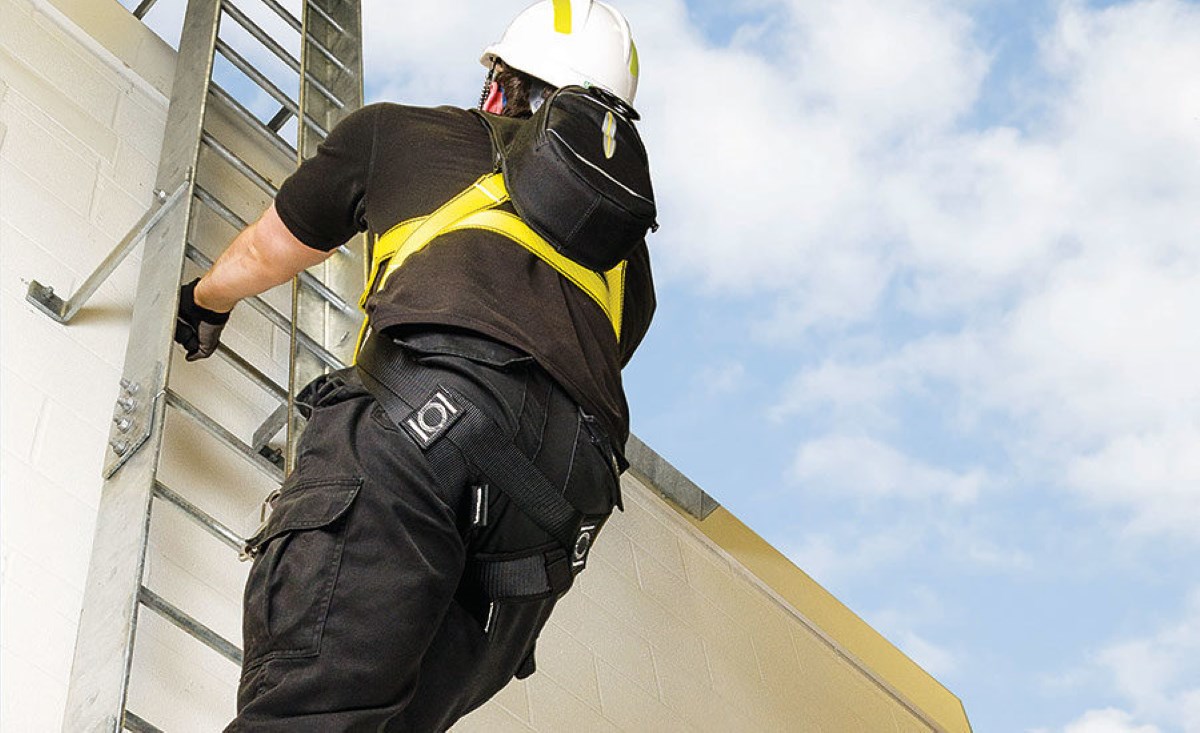






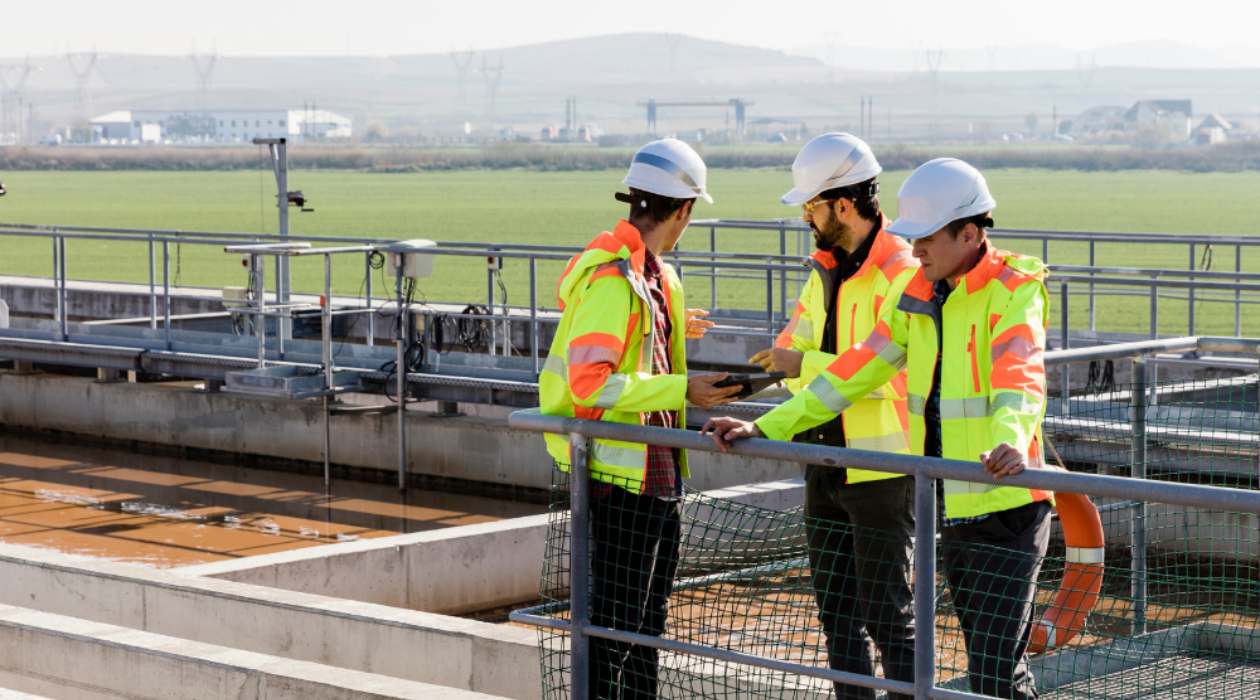
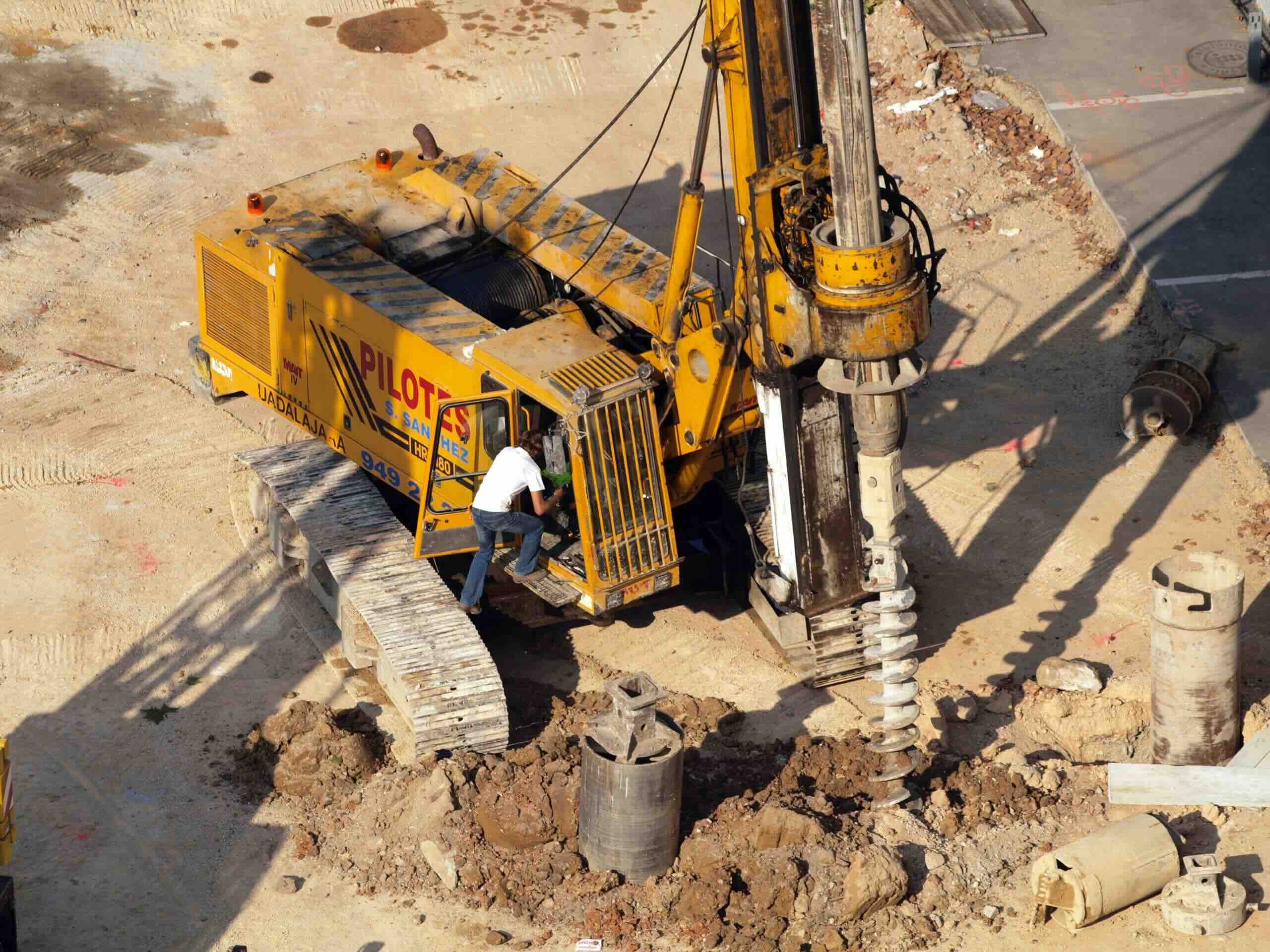
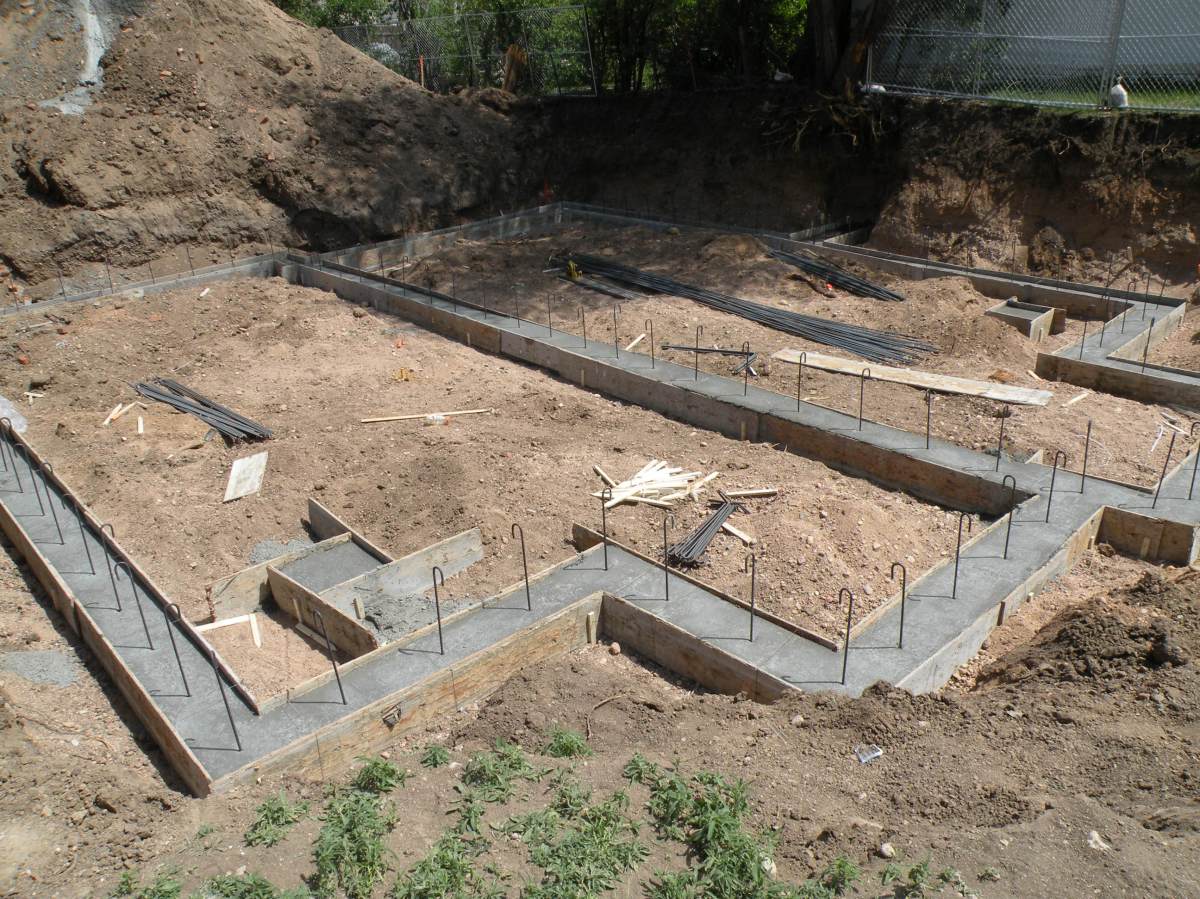
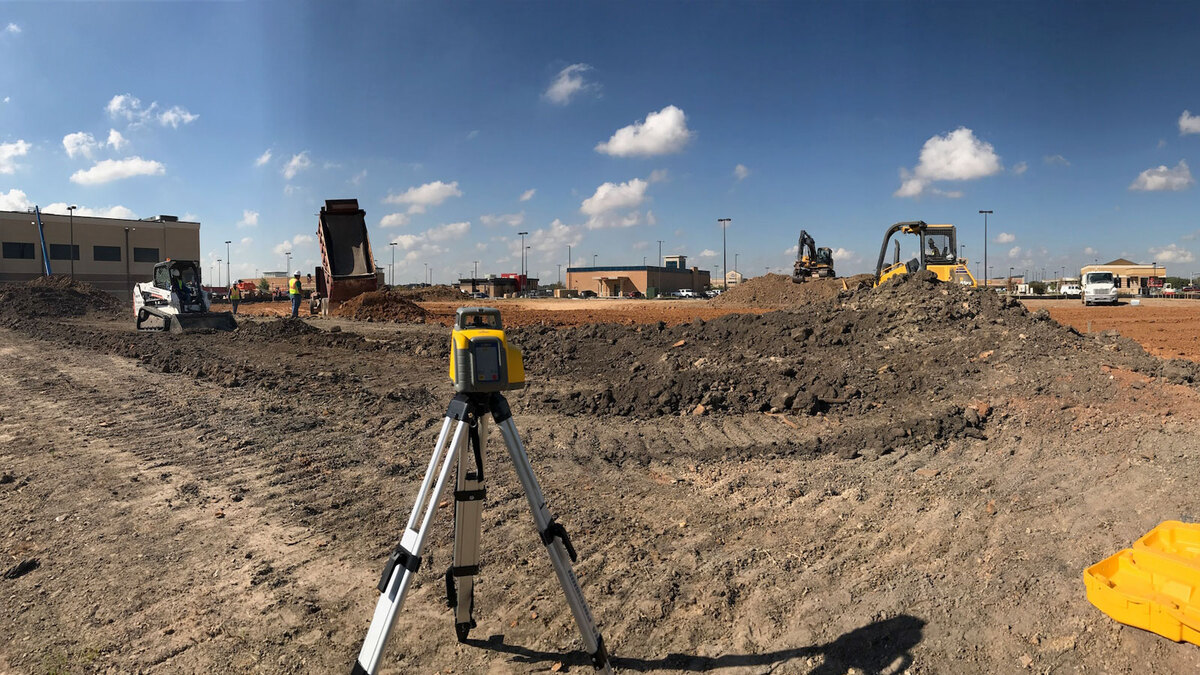
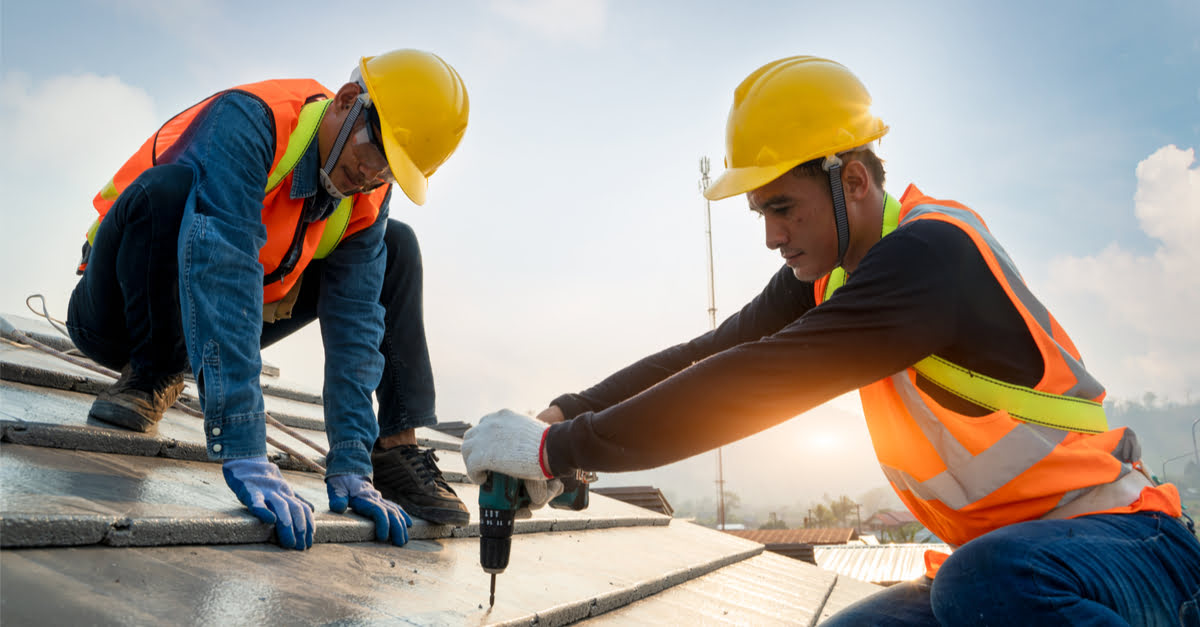

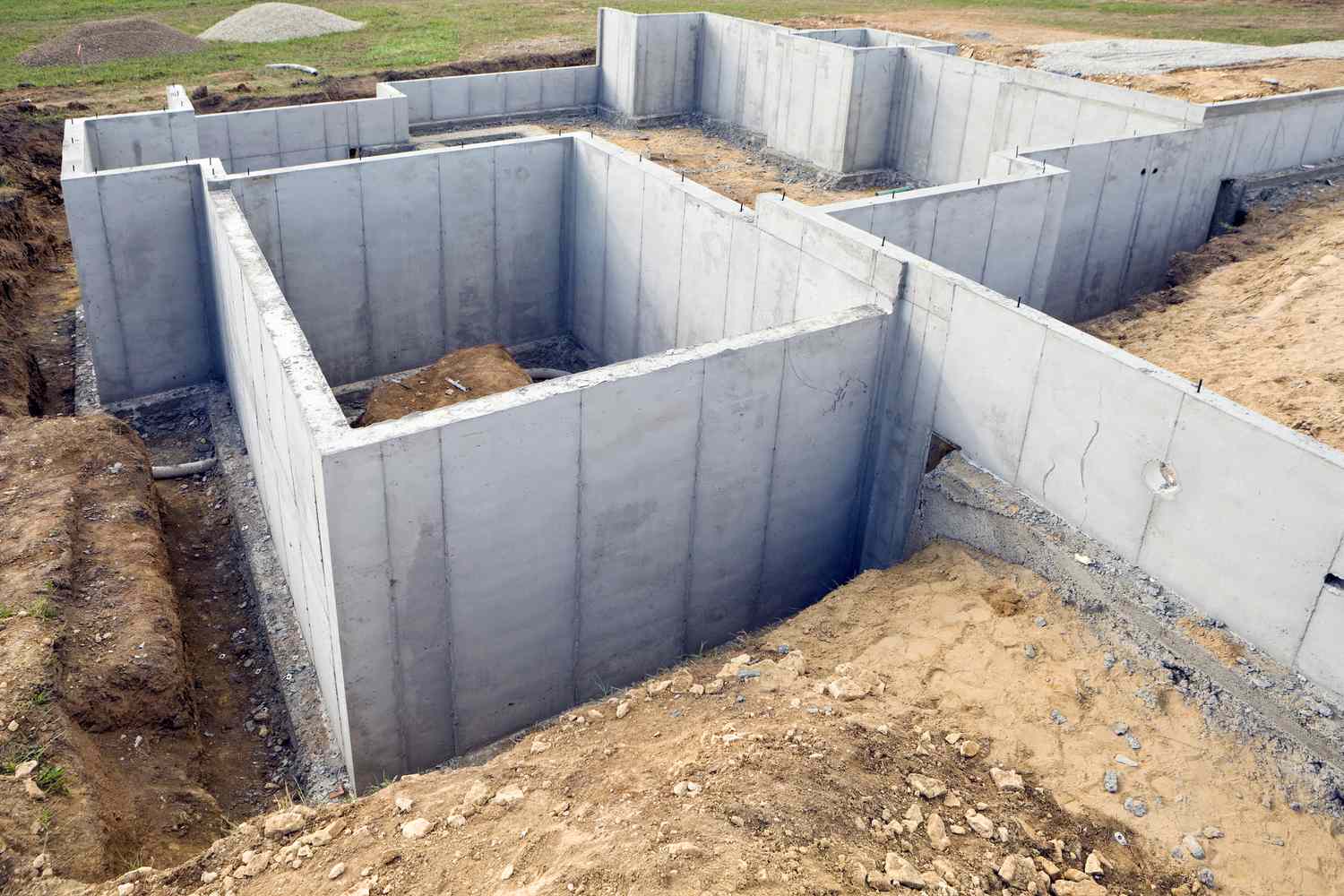

0 thoughts on “What Is OSHA In Construction”